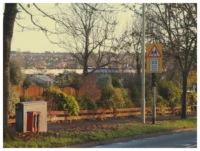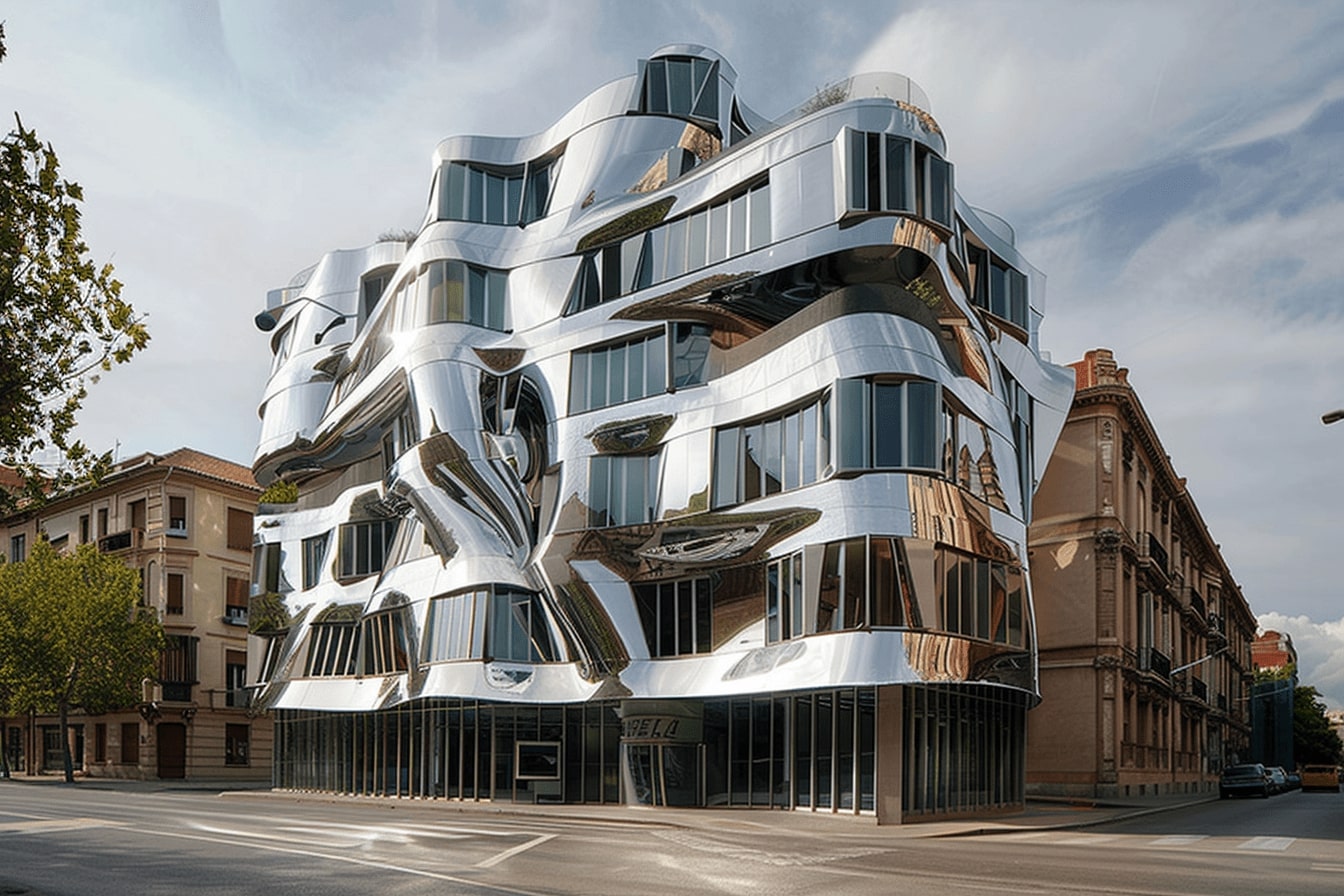- Home
- Articles
- Architectural Portfolio
- Architectral Presentation
- Inspirational Stories
- Architecture News
- Visualization
- BIM Industry
- Facade Design
- Parametric Design
- Career
- Landscape Architecture
- Construction
- Artificial Intelligence
- Sketching
- Design Softwares
- Diagrams
- Writing
- Architectural Tips
- Sustainability
- Courses
- Concept
- Technology
- History & Heritage
- Future of Architecture
- Guides & How-To
- Art & Culture
- Projects
- Interior Design
- Competitions
- Jobs
- Store
- Tools
- More
- Home
- Articles
- Architectural Portfolio
- Architectral Presentation
- Inspirational Stories
- Architecture News
- Visualization
- BIM Industry
- Facade Design
- Parametric Design
- Career
- Landscape Architecture
- Construction
- Artificial Intelligence
- Sketching
- Design Softwares
- Diagrams
- Writing
- Architectural Tips
- Sustainability
- Courses
- Concept
- Technology
- History & Heritage
- Future of Architecture
- Guides & How-To
- Art & Culture
- Projects
- Interior Design
- Competitions
- Jobs
- Store
- Tools
- More
Parametric Thinking: Geometry as a Design Tool
Learn how parametric thinking geometry as a design tool links form to performance with rules and tools—practical workflows, examples, and fabrication tips.

Parametric thinking turns design from drawing fixed shapes to defining relationships that can adapt, evaluate, and improve. When we treat geometry as a design tool, not just a deliverable, we move faster, explore deeper, and align aesthetics with performance. In this guide, we unpack how parametric thinking geometry as a design tool empowers us across disciplines, from architecture to product design to digital fabrication.
Table of Contents
ToggleWhat Is Parametric Thinking?
From Static Forms To Relationships
Instead of sketching a final form, we describe how a form behaves. We model drivers, the rules behind the shape, so when inputs shift (site, material, loads, cost), outputs update instantly. This flips design from “make, then measure” to “define, then generate and compare.”
A simple example: a sun-shading lattice that thickens where solar exposure is high and opens where daylight is needed. We’re not micromanaging every slat: we’re encoding a logic that produces many valid outcomes.

Parameters, Constraints, And Dependencies
Parameters are the variables we expose (dimensions, densities, angles). Constraints are guardrails that maintain intent (minimum radii, code clearances, manufacturability). Dependencies map cause and effect, change a module width, and panel count, cost, and weight respond.
Used well, parametric thinking geometry as a design tool creates resilient models that survive change without breaking or bloating.
Geometry Foundations For Parametric Design
Primitives, Topology, And Data Structures
We build from adaptable building blocks, points, vectors, lines, curves, surfaces, and meshes. Topology, how things connect, often matters more than exact dimensions. A quad mesh that preserves edge flow might be superior to a dense NURBS surface if we’re targeting panelization.
Equally important is data structure: lists, trees, and named sets that let us address geometry by rule (e.g., “every third rib” or “panels on zone B”). Clean data unlocks clean control.

Continuity, Curvature, And Tolerances
Continuity (G0 position, G1 tangent, G2 curvature) shapes how reflections travel across a product surface and how a facade reads in light. Curvature graphs reveal kinks before fabrication does. Tolerances tie us back to reality: laser kerf, tool diameter, minimum bend radius, and printer layer height. We design smooth where it matters and discretize where it pays off.
Workflow, Tools, And Evaluation
Defining Variables, Ranges, And Constraints
We start by naming the levers: module size (200–450 mm), porosity (20–60%), depth (50–150 mm), panel count (integer), and allowable cantilever (≤ 1.2 m). Ranges reflect performance targets, codes, and budget.
Building The Parametric Graph Or Script
Whether we use Grasshopper, Dynamo, Geometry Nodes, Fusion parameters, or Python/JS, the structure is similar: reference inputs → generate geometry → evaluate → visualize → bake/export. We cluster logic, annotate nodes, and keep inputs at the top of the canvas. If a colleague can’t read it in five minutes, it’s too opaque.
Iteration, Metrics, And Optimization
We iterate with purpose. Metrics might include daylight autonomy, solar heat gain, structural utilization, print time, or material yield. Sliders are great, but pairing them with solvers (Galapagos, Wallacei, OpenMDAO) or pareto plots helps us navigate trade-offs. We don’t chase a single “best”, we curate a frontier of good options and pick the one that balances performance, aesthetics, and risk.
Applications Across Design Disciplines
Architecture: Facades, Structure, And Environmental Response
We link facade porosity to solar vectors, panelization to fabrication limits, and support spacing to span and deflection. Early-stage massing can reference wind and daylight analysis, updating forms as context changes. Parametric geometry lets us coordinate disciplines, structure, MEP, enclosure, without restarting the model.

Product Design: Ergonomics, Mass-Customization, And CMF
Hand grips morph to anthropometric ranges: sneaker midsoles vary lattice stiffness by pressure maps: finish strategies (CMF) tie to curvature to avoid seam glare. With a parameterized base, mass-customization becomes a controlled variation, not chaos.
Fabrication: Toolpaths, Nesting, And Robotics
We design with the machine in mind: sheet nesting that accounts for grain direction, 5-axis tool accessibility, or robotic pick-and-place reach. Toolpath-aware geometry reduces scrap and cycle time. The upshot: fewer surprises on the shop floor and tighter cost predictability.
Managing Complexity And Model Health
Avoiding Over-Parameterization
More sliders don’t mean more control. We expose the few that map to intent and hide the rest. If two parameters always move together, we consolidate them. If a parameter never changes during decision-making, we hardcode it.

Performance, Scalability, And Documentation
Lightweight proxies, bounding boxes, and view-based toggles keep models navigable. We cache expensive calculations and separate heavy analysis into background runs. Documentation matters: a two-sentence note beside a cluster can save hours for the next person (which is often us, three months later).
Versioning, Naming, And Reuse Patterns
We version early (“v13” isn’t a strategy). Semantic names beat “Panel_001.” We keep reusable subgraphs, panel grids, rib generators, unroll routines, in a shared library. Patterns turn one-off brilliance into repeatable value.
Hands-On Mini-Project
Brief: Climate-Responsive Screen
Goal: a perforated screen that increases shading where solar exposure is highest while preserving views. Deliverables: parametric model, three variants with metrics, and fabrication-ready files.

Step-By-Step Modeling Outline
- Inputs: site latitude/longitude, orientation, window extents, allowable panel sizes, material thickness.
- Drivers: solar vectors (representative dates/times), target visible light transmittance, minimum open area for ventilation.
- Logic: base grid → attractor field from sun vectors → cell scaling and rotation → thickness tied to exposure → grouping by fabrication panel.
- Evaluation: compute UDI (useful daylight illuminance) or a proxy, shading coefficient, and material area. Color-map results on the model.
- Variants: low, medium, and high shading scenarios: snapshot geometry and metrics.
Validation, Export, And Fabrication Tips
We check glare against key viewpoints, confirm minimum hole size vs. laser kerf, and add tabs/bridges if needed. We unroll/nest by material sheet, include bend allowances if folded, and export clean DXF/SVG with layer naming that matches operations. A quick cardboard or PLA mockup reveals tolerance gotchas before committing to metal.
Conclusion
When we approach geometry as a living system of relationships, we design with speed and confidence. Parametric thinking geometry as a design tool helps us tie form to evidence, keep options open longer, and deliver results that fabricate cleanly. The habit to build: define intent, expose the right parameters, evaluate honestly, and document as we go. That’s how we ship beautiful, resilient work, again and again.
- 3D geometric design
- algorithmic design methods
- architectural design geometry
- architecture geometry
- CAD geometry tools
- computational design
- computational geometry in design
- design geometry tools
- design with geometry
- Digital Fabrication
- Generative Design
- geometric design techniques
- geometrics in architecture
- geometry in design
- Parametric Architecture
- Parametric Design
- parametric design frameworks
- parametric design software
- parametric modeling
- parametric thinking
Submit your architectural projects
Follow these steps for submission your project. Submission FormLatest Posts
10 Notable Architects Who Excel in Parametric Design
Discover 10 leading architects who excel in parametric design, showcasing how computation,...
Parametric Design in Bridge Architecture: From Idea to Ribbon-Cut
Parametric design in bridge architecture: how data, rules, and optimization speed iterations,...
8 Principles of Parametric Architecture You Should Know
Parametric architecture transforms design by merging computational logic with creative expression. Through...
Introduction to Parametric Architecture: Tools, Examples, and Future Trends
In the evolving world of architecture, parametric design stands out as a...












Leave a comment